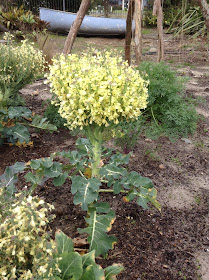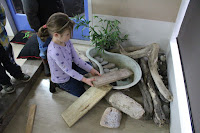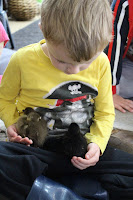One of my friends had a problem…..hopping was too tricky for him.
“But I can’t hop like that” he said.
“I can hop like this” he said as he tried to hop once on one foot.
“But how do I hop like that” he asked as someone hopped past him.
We invited some friends to talk about how they hop and what tricks you need to remember to be able to hop.
“Put your arms out like this to balance” said Lucy.
“Just do this” said Alex as he hopped forward on one foot.
“Yes I know you do this. Put your arms out to balance. You put one leg back and the other leg on the ground. But I cannot do it. It is too tricky” my friend said.
So began our investigation into “How do you hop?”
We asked more friends, how do you hop?
“I put one leg up and then bounce” said Josh. “And I can stay in the same place.”


“I hop with my arms out for my balance” said Bailey.
“I can do hopping with my arms in.” said Shylah.
The children practised hopping and developed their knowledge of moving their bodies and balancing their bodies.
Gill Connell states that hopping on one foot is one of the most complex movements that the human body can perform (2012). “For children, hopping signals sophisticated advances in both physical coordination, balance and cognitive development. As children refine their physical coordination they are also building essential neural pathways in the brain. Its those exact same pathways which will one day become the conduits for left/right brain thinking tasks such as creativity, reasoning and self-regulation” (2012).

Some children were confident and happy to demonstrate their hopping skills and for some children it remained a challenge.
We asked the children....."What does hopping look like" and encouraged them to take the time to think about their bodies and how they were moving. What does it look like? How does it look to others? We also used 3D models of the human body to guide children's thinking.


"In growing a culture of inquiry, our focus is not on teaching children information or facts, or to get some eventual 'right answer'. Rather, we aim to uncover the questions and theories that underlie children's play and to help the children pursue those questions and theories" (Pelo, 2007). It's about encouraging children to think deeply about something and develop their understanding.
Ann Pelo (2007) states that "sometimes, children's work is anchored in intuition or instinct; they aren't so much thinking about what they're doing as simply doing it. A child can give an idea form by drawing, painting, sculpting, or building it".










































































































